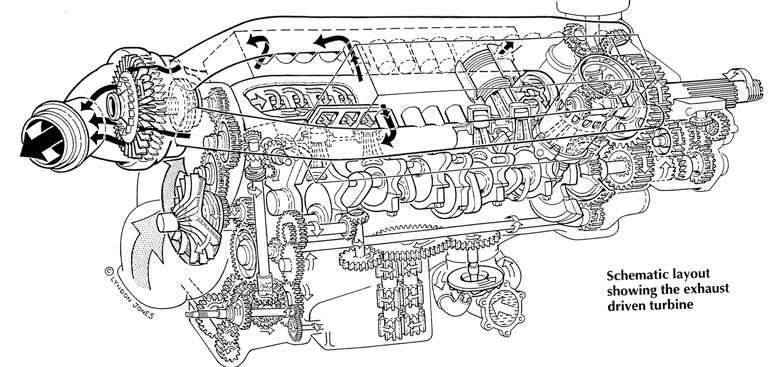pgfpro wrote:I guess you kind of made my point then. IMO because the fact that they used variable geometry vanes then shows me that this isn't an improved turbo charger without the use of variable geometry vanes, but more of a design based on fitment into the V of the engine. IMO todays single entry twin scroll with a divided manifold will out perform the mono turbo. My argument is if the mono turbo was a better mouse trap it would be used on todays performance turbo's exclusively.
How did I prove your point?
I don't know what makes the "mono turbo" different to a normal twin scroll turbo, but as far as I can tell it is a twin scroll turbo with the inlets separated. The whole idea of the twin scroll turbo is to separate the firing pulses of groups of cylinders, with a certain number of cylinders (more than 3?) producing interferences. The twin scroll turbo would be of no benefit if all exhaust is sent to a single inlet, which is then divided into the scrolls. It needs to have separate inlets for each exhaust set (ie that from each of the cylinder banks).
What the mono-turbo does is make it easier for the exhaust pipes to connect to the turbo. If you look at the location of the turbine inlet on the Mercedes-Benz 2014 engine it looks like it may be difficult to get a good entry with the gearbox in place. Turn it to one side or the other and you will end up with some funky exhaust pipe runs.
If you look at the "mono turbo" you can see that the compressor has two "scrolls" as well - two outlets.






